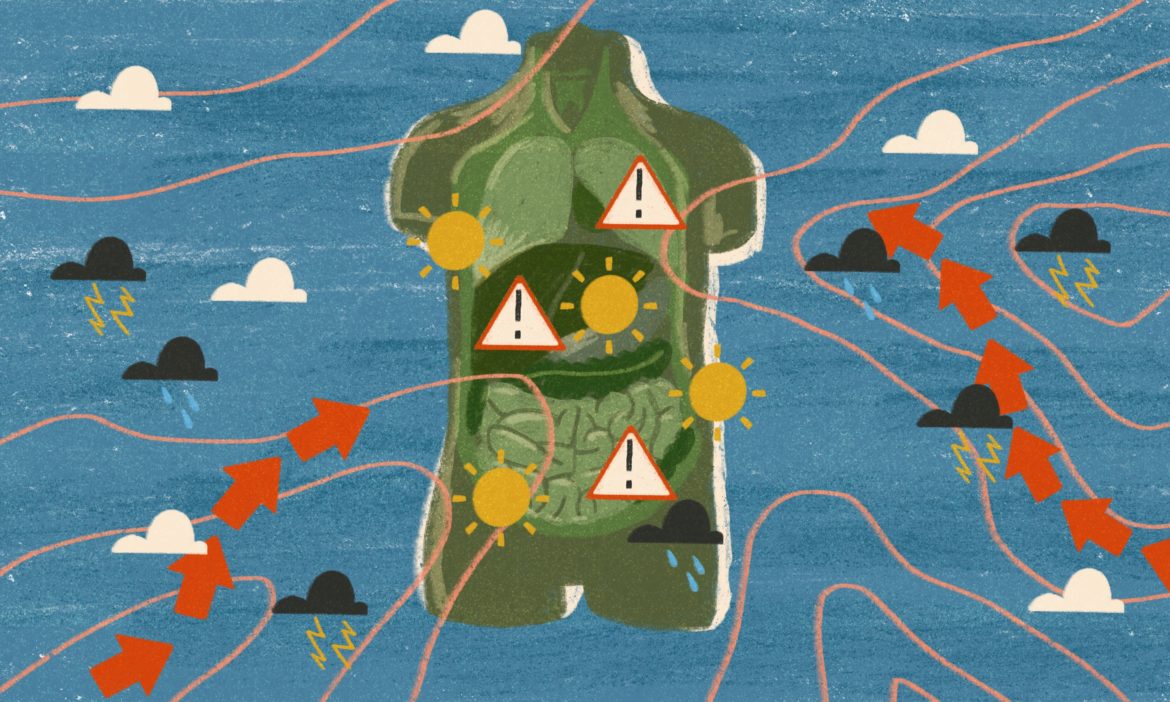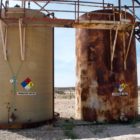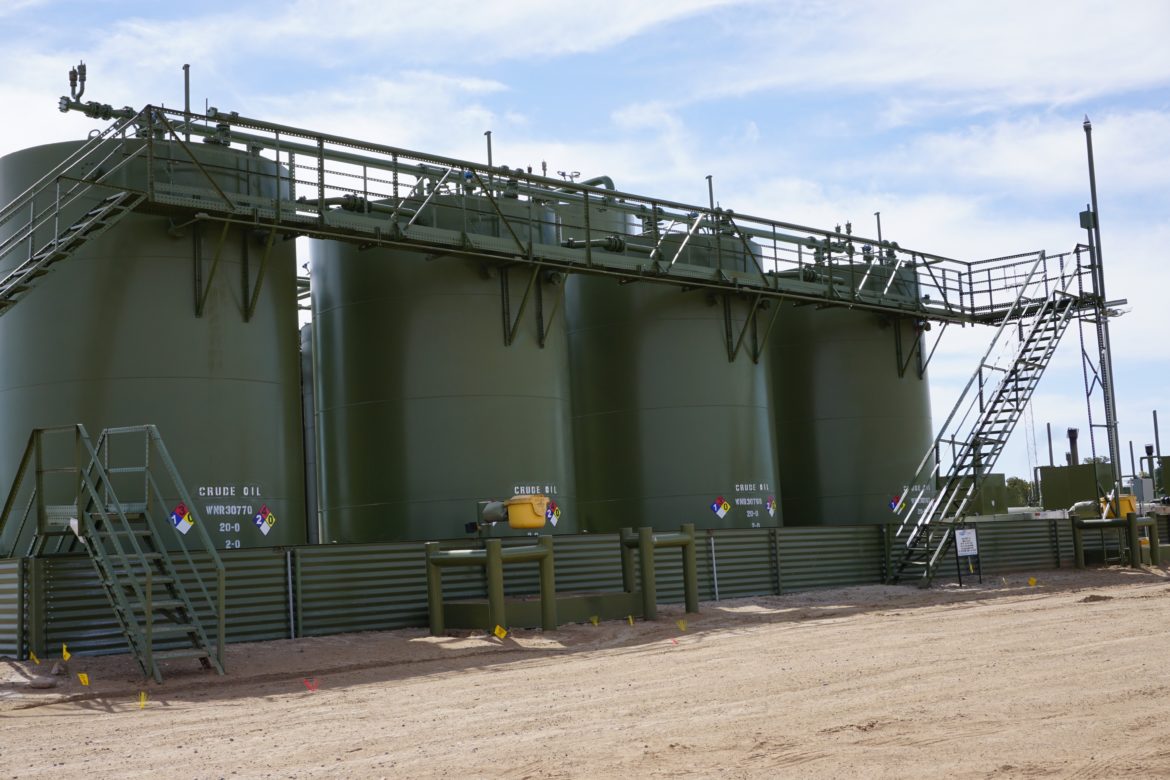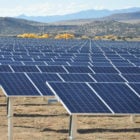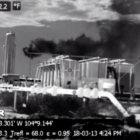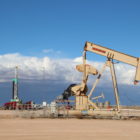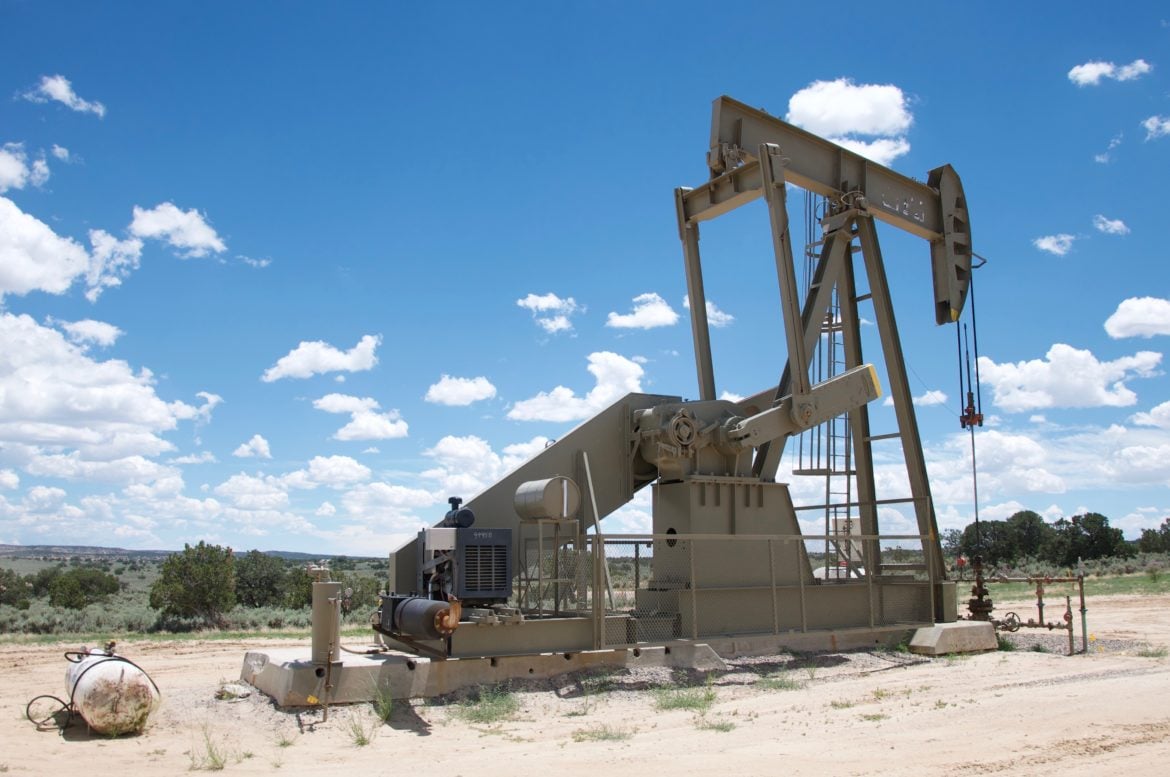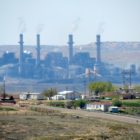Climate change
‘Like a sunburn on your lungs’: how does the climate crisis impact health?
|
The climate crisis is making people sicker – worsening illnesses ranging from seasonal allergies to heart and lung disease. Children, pregnant people and the elderly are the most at risk from extreme weather and rising heat. But the impact of the climate crisis – for patients, doctors and researchers – is already being felt across every specialty of medicine, with worse feared to come. “There’s research suggesting that our prescription medications may be causing harm because of changing heat patterns,” said Aaron Bernstein, a pediatric hospitalist who is the co-director of the Center for Climate, Health and the Global Environment at Harvard University. “There’s evidence that extreme weather events are affecting critical medical supplies so we can’t do things as we normally would do because IV fluids aren’t available.
